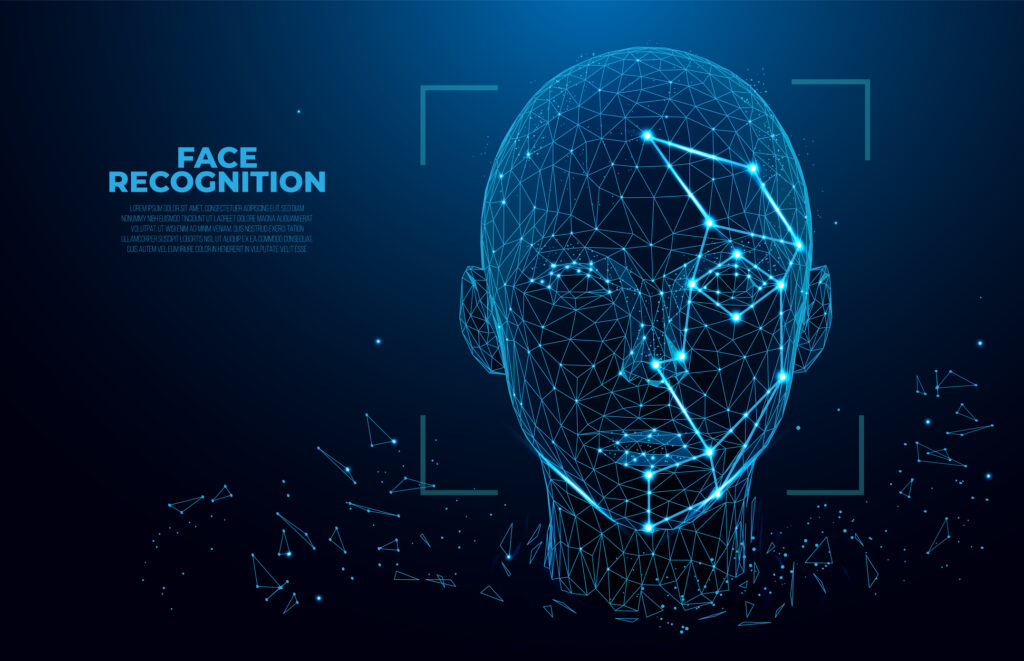In recent years, facial recognition technology has become a prominent feature in cybersecurity, particularly with the advent of Apple’s Face ID. This biometric authentication method relies on facial features to grant access to devices and sensitive information. The technology has not only revolutionized user authentication but has also raised significant questions and concerns about privacy, security, and ethical implications. This deep dive aims to explore what Face ID and facial recognition are, their relevance in cybersecurity, and an in-depth analysis of their importance.
Face ID and Facial Recognition: An Overview
Face ID: A Game-Changer in Authentication
Face ID, introduced by Apple in 2017 with the iPhone X, marked a shift in how users interact with their devices. Instead of relying on fingerprints or passcodes, Face ID uses facial recognition technology to unlock the device, authorize app purchases, and authenticate user identity. This method employs a TrueDepth camera system, which includes sensors and infrared technology to create a detailed 3D map of the user’s face.
Facial Recognition Technology: Beyond Apple’s Ecosystem
While Face ID is synonymous with Apple devices, facial recognition technology is not limited to a single brand. Various companies and industries leverage facial recognition for diverse purposes, including security, access control, and surveillance. Facial recognition algorithms analyze facial features, such as the distance between eyes, nose shape, and mouth structure, to create a unique biometric profile for each individual.
Why Face ID/Facial Recognition Matters in Cybersecurity
Enhanced Security: The Biometric Advantage
One of the primary reasons facial recognition technology matters in cybersecurity is its potential to enhance security measures. Traditional authentication methods, like passwords and PINs, are susceptible to breaches through hacking, phishing, or social engineering. Face ID, as a biometric authentication method, adds an extra layer of security by relying on physical features that are unique to each individual.
Convenience and User Experience
Face ID offers a seamless and user-friendly experience. Users can unlock their devices, authorize transactions, and access sensitive information with a simple glance. This convenience not only saves time but also contributes to the widespread adoption of stronger security measures. When security features are easy to use, individuals are more likely to adopt them, improving overall cybersecurity.
Resilience Against Traditional Attacks
Unlike passwords or PINs, which can be easily forgotten, stolen, or shared, facial features are challenging to replicate. Face ID’s 3D mapping technology creates a complex biometric profile that is resistant to traditional attacks. This resilience makes it a valuable asset in safeguarding personal and sensitive information.
Continuous Authentication
Facial recognition technology can provide continuous authentication throughout a user’s interaction with a device or system. Traditional authentication methods often involve a one-time verification process, leaving the system vulnerable until the user logs out. Face ID continuously monitors the user’s presence, re-authenticating when necessary, thereby reducing the window of opportunity for unauthorized access.
In-Depth Analysis: The Importance of Face ID/Facial Recognition in Cybersecurity
Privacy Concerns and Ethical Considerations
Despite the advantages of facial recognition technology, there are valid concerns regarding privacy and ethics. The collection and storage of biometric data raise questions about who has access to this information, how it is used, and the potential for abuse. Unauthorized use of facial recognition data can lead to identity theft, tracking individuals without their consent, and even mass surveillance.
Vulnerabilities and Security Risks
While facial recognition technology is robust, it is not immune to vulnerabilities. Researchers have demonstrated the potential for spoofing or tricking facial recognition systems using high-quality images or 3D-printed replicas of faces. Additionally, concerns exist about the security of the databases storing biometric data. A breach in these databases could have severe consequences, compromising the privacy and security of millions of individuals.
Bias and Fairness in Facial Recognition
Another critical aspect of facial recognition is the issue of bias. Biases in algorithms can lead to discriminatory outcomes, disproportionately affecting certain demographics. Numerous studies have highlighted the existence of racial and gender biases in facial recognition technology, which can result in misidentifications and unjust consequences. Addressing these biases is crucial for ensuring fairness and preventing discriminatory practices.
Legal and Regulatory Landscape
The legal and regulatory landscape surrounding facial recognition technology is evolving. Governments and regulatory bodies are grappling with how to balance the benefits of this technology with the potential risks and privacy concerns. Some regions have imposed restrictions or outright bans on the use of facial recognition in specific contexts, while others are working to establish comprehensive frameworks to govern its ethical and responsible use.
Evolving Threat Landscape
As technology evolves, so do the threats and challenges associated with facial recognition. Cybercriminals are constantly adapting their tactics to exploit vulnerabilities. This necessitates ongoing research, development, and updates to facial recognition systems to stay ahead of emerging threats. The cybersecurity community must work collaboratively to address these challenges and ensure the continued effectiveness of facial recognition technology.
Conclusion
Face ID and facial recognition technology represent a significant advancement in cybersecurity, offering enhanced security, convenience, and continuous authentication. However, the importance of these technologies is accompanied by a myriad of challenges, including privacy concerns, vulnerabilities, biases, and legal considerations. As we continue to embrace and integrate facial recognition into various aspects of our lives, it is crucial to strike a balance between innovation and responsible use. The cybersecurity community, policymakers, and industry stakeholders must work collaboratively to address these challenges, ensuring that facial recognition technology remains a powerful tool for security without compromising individual privacy and fairness.










